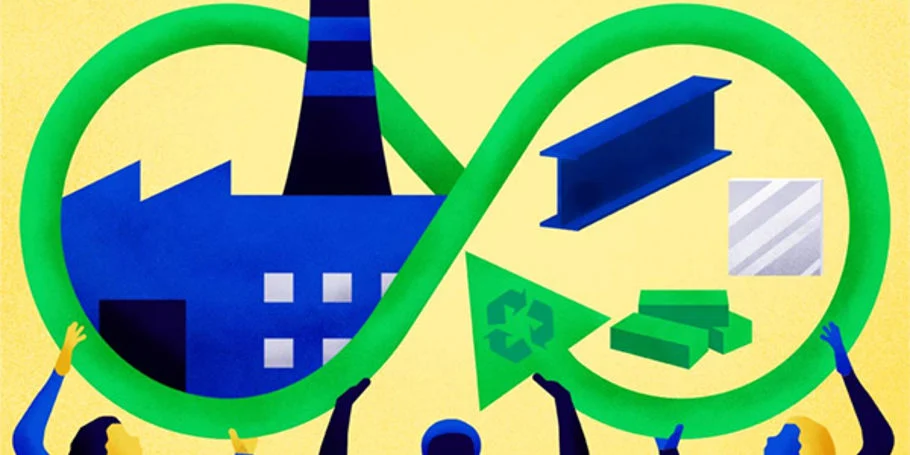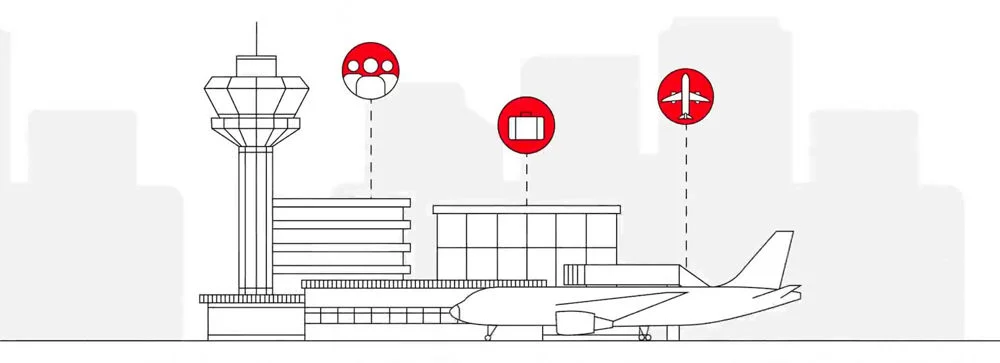Buildings are massive raw materials and energy guzzlers. The construction and operation of buildings accounts for 37% of global greenhouse gas emissions currently. To make matters worse, around 95% of the value of construction materials is lost as buildings decay into obsolescence and then demolition. This is largely due to the ‘take, make, dispose’ model that is currently at the heart of the real estate and construction sectors. But it doesn’t have to be this way.
There is growing support and interest in a better methodology. We all want to design out waste and pollution. And we all want buildings and assets that keep products and materials in use for longer. The question, until now, has been “how”.
Arup has developed the Circular Buildings Toolkit (CBT), with our partners the Ellen Macarthur Foundation, to help designers, construction clients and asset owners to understand how to adopt this vastly more sustainable way of producing the built environment.








